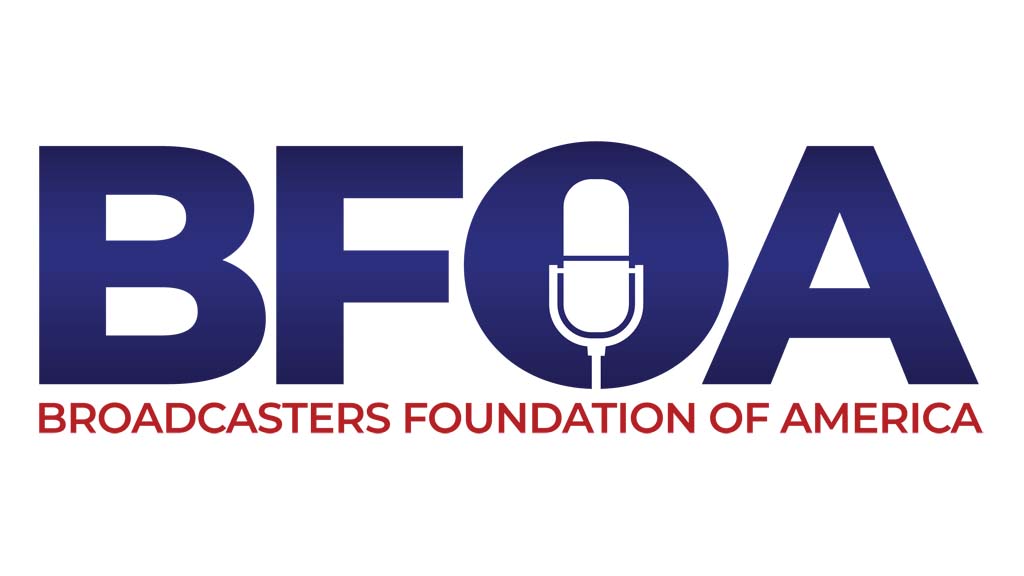FCC Proposes New 7, 13 GHz BAS Band Plan
Last week the FCC issued a Notice of Proposed Rulemaking (NPRM) and Notice of Inquiry (NOI) (FCC 10-146) proposing changes to certain rules regarding the licensing and operation of microwave links.
The proposed rules will impact broadcasters with links in the 7 and 13 GHz broadcast auxiliary service (BAS) bands.
Specifically, the proposed rules would allow Part 101 licensees, including common carrier, private radio and "other" to use the 6875-7125 MHz band, the same band that broadcasters use for inter-city relays for remote news feeds and for studio transmitter links. It also divides the 7 GHz and 13 GHz bands into channels as small as 400 kHz at 7 GHz and 1.25 MHz in the 12.7 to 13.2 GHz band. As is the case now, prior coordination will be required and new or modified links will have to protect any existing links in band.
The commission observed that 2 GHz band was not included in the proposed sharing.
"We tentatively conclude that the 2025-2110 MHz band would not be a good candidate for FS [frequency sharing] at this time because BAS incumbents have only recently been relocated to the 2025-2110 MHz band. The recent repacking of the 2025-2110 MHz band was necessary to achieve important policy objectives, but the stresses and disruptions of that process, and the extensive number of BAS licensees in the band, do not make the 2025-2110 MHz band a good candidate for additional sharing among fixed services."
The FCC said that instead, it was looking for comment on the introduction of frequency sharing in 750 MHz areas of the 6875-7125 MHz and 12700-13200 MHz bands.
Should the proposed rules be adopted and new users move into the 7 GHz band, broadcasters may find it more difficult to add to or modify their microwave systems. Many older BAS licenses do not specify receive locations, making them more vulnerable to interference. Without the receive site specified, another user could coordinate a potentially interfering path on the same frequency, receive a license for it and then create interference to the broadcast link. The broadcaster may then have difficulty claiming interference protection for a site that doesn't appear on its microwave license.
One proposed rule change could benefit broadcasters--elimination of the "final link" rule would give broadcasters additional flexibility in using Part 101 spectrum for point-to-point communications. With the DTV transition complete, most, if not al, full power station STL links have been switched from analog to digital. The relaxation of this rule could allow use of a common IP microwave system to provide transmission of program content, relay of received ENG content, Internet connectivity and telephone service to multiple stations.
Another proposed rule change would allow use of adaptive modulation. During bad weather conditions this would permit dropping the transmitted data rate below the minimum data rate (loading) allowed for the channel. Lower bit-rates allow more robust modulation and heavier error correction. The FCC argument for it makes sense--better to have a lower bit-rate than the no bit-rate due to a failed link. The FCC asked for comments on increased flexibility for microwave systems in general and specifically on relaxing efficiency standards in rural areas and relaxing antenna standards where it would not cause an increase in interference.
The Notice of Proposed Rulemaking (NPRM) and Notice of Inquiry (NOI) (FCC 10-146) includes the proposed rules, including new channel plans for both 7 and 13 GHz.
The professional video industry's #1 source for news, trends and product and tech information. Sign up below.

Doug Lung is one of America's foremost authorities on broadcast RF technology. As vice president of Broadcast Technology for NBCUniversal Local, H. Douglas Lung leads NBC and Telemundo-owned stations’ RF and transmission affairs, including microwave, radars, satellite uplinks, and FCC technical filings. Beginning his career in 1976 at KSCI in Los Angeles, Lung has nearly 50 years of experience in broadcast television engineering. Beginning in 1985, he led the engineering department for what was to become the Telemundo network and station group, assisting in the design, construction and installation of the company’s broadcast and cable facilities. Other projects include work on the launch of Hawaii’s first UHF TV station, the rollout and testing of the ATSC mobile-handheld standard, and software development related to the incentive auction TV spectrum repack. A longtime columnist for TV Technology, Doug is also a regular contributor to IEEE Broadcast Technology. He is the recipient of the 2023 NAB Television Engineering Award. He also received a Tech Leadership Award from TV Tech publisher Future plc in 2021 and is a member of the IEEE Broadcast Technology Society and the Society of Broadcast Engineers.
